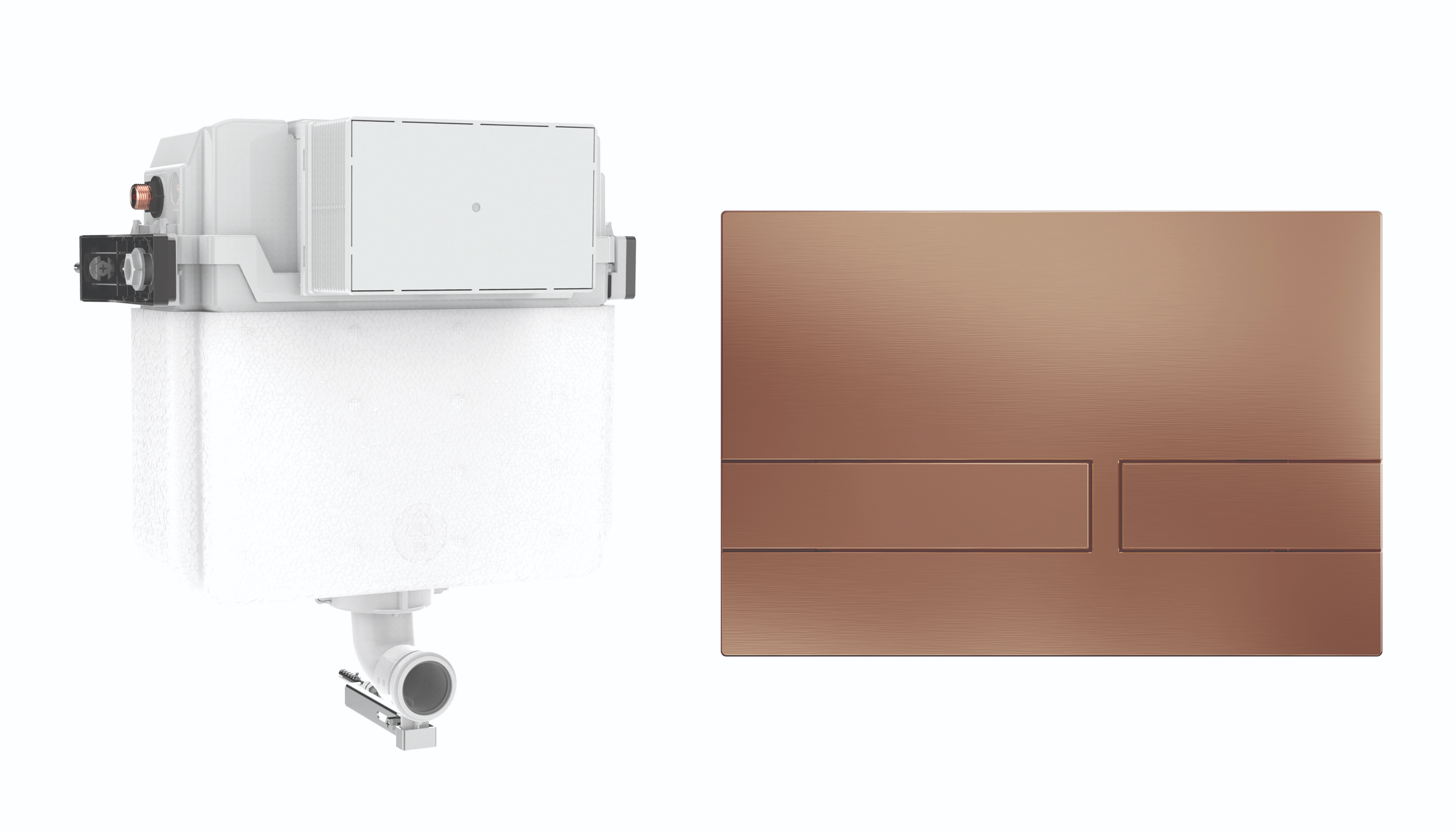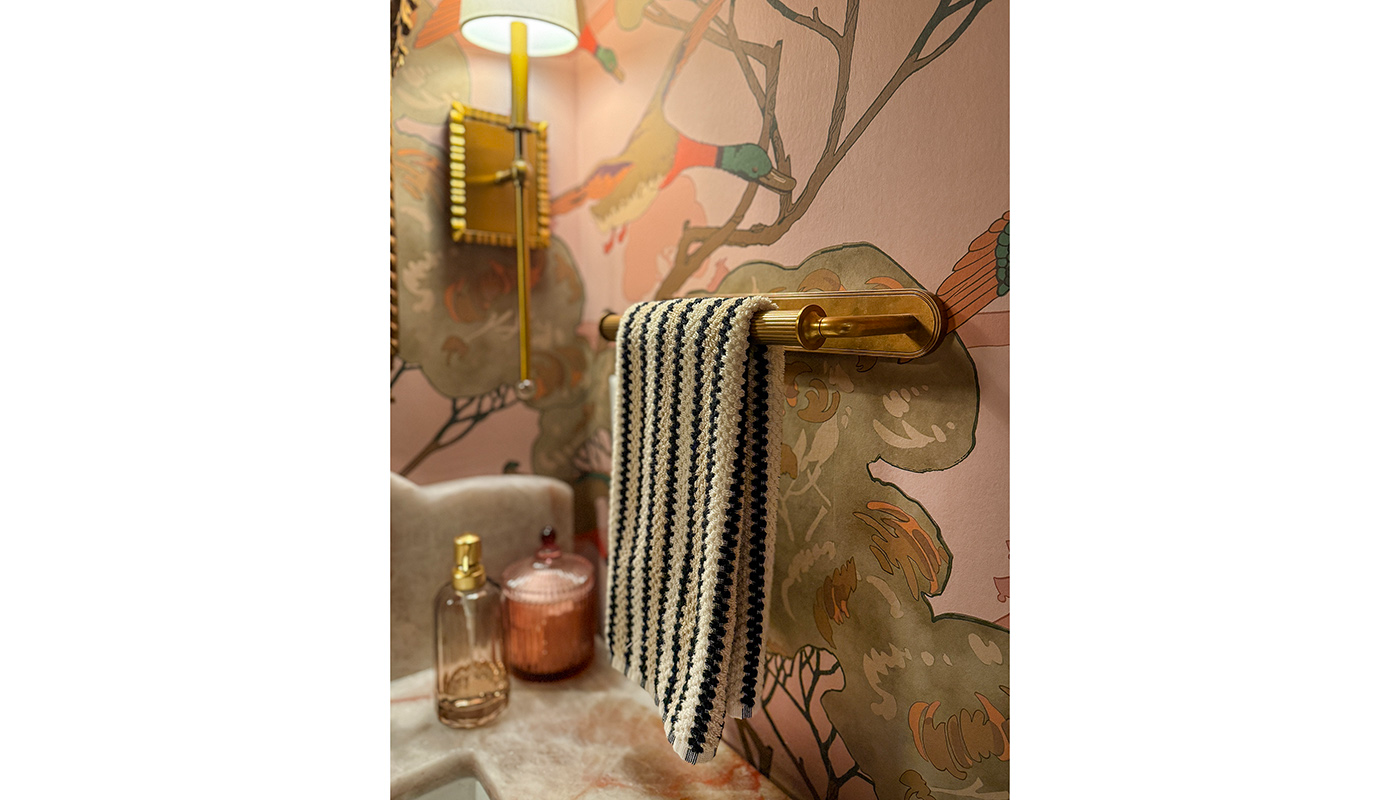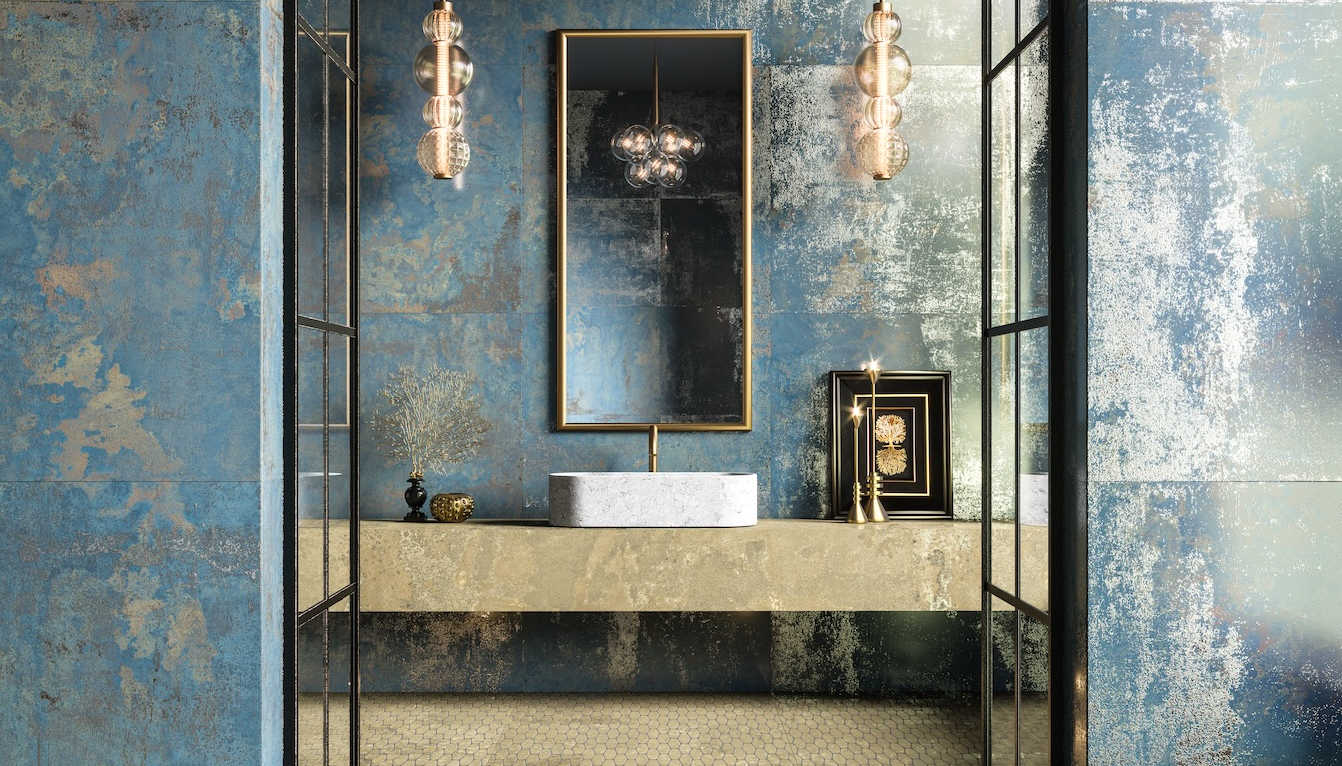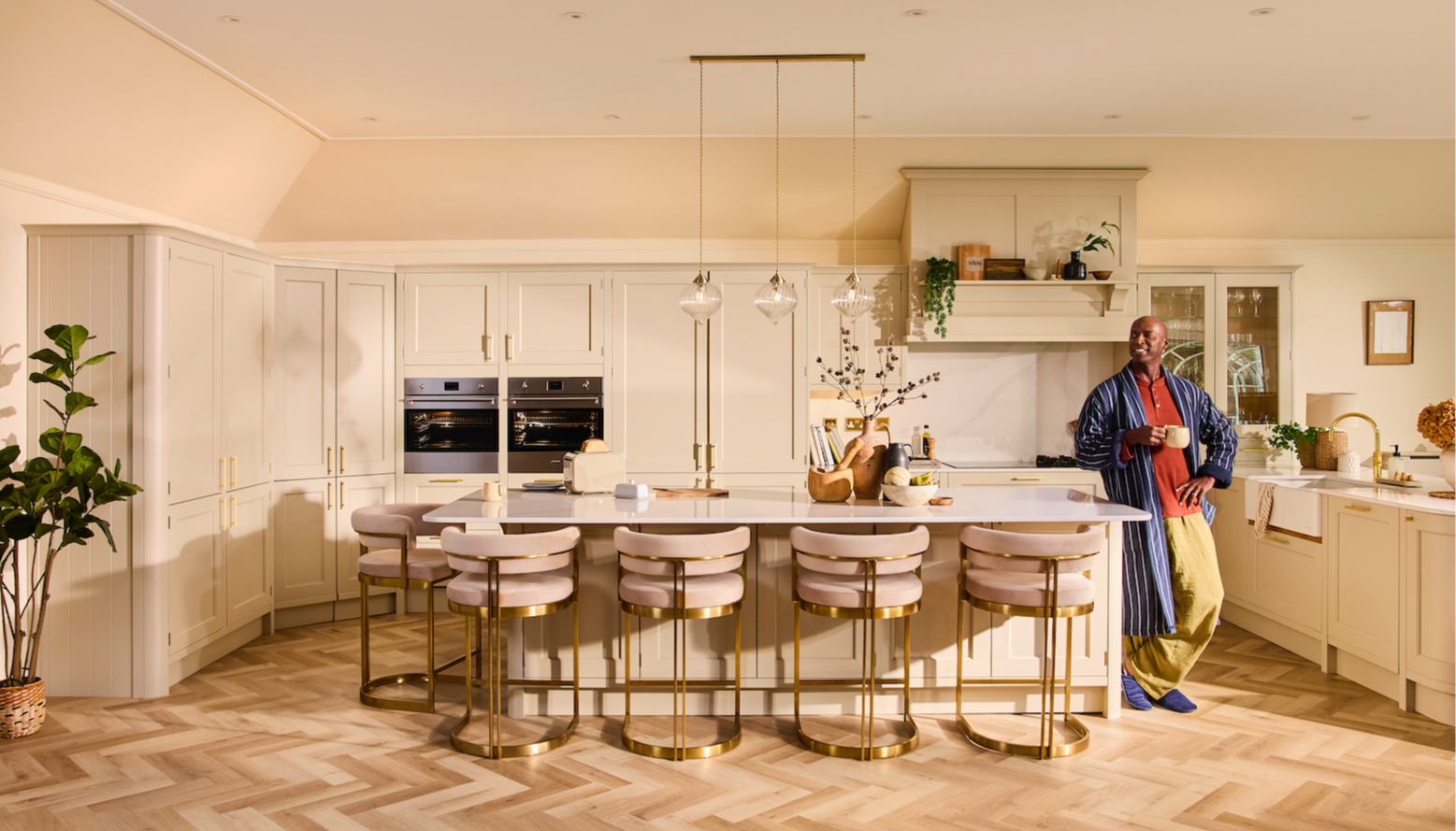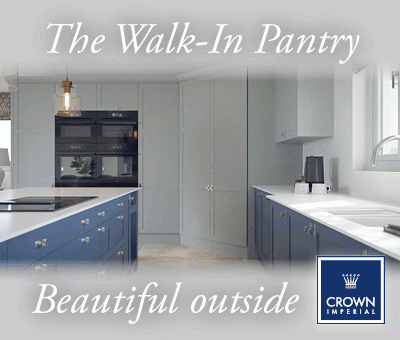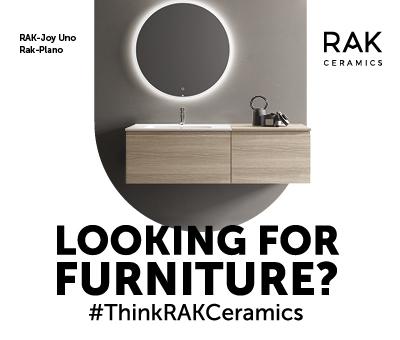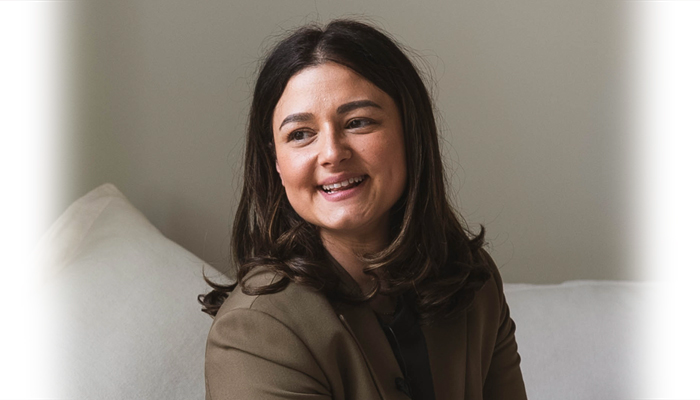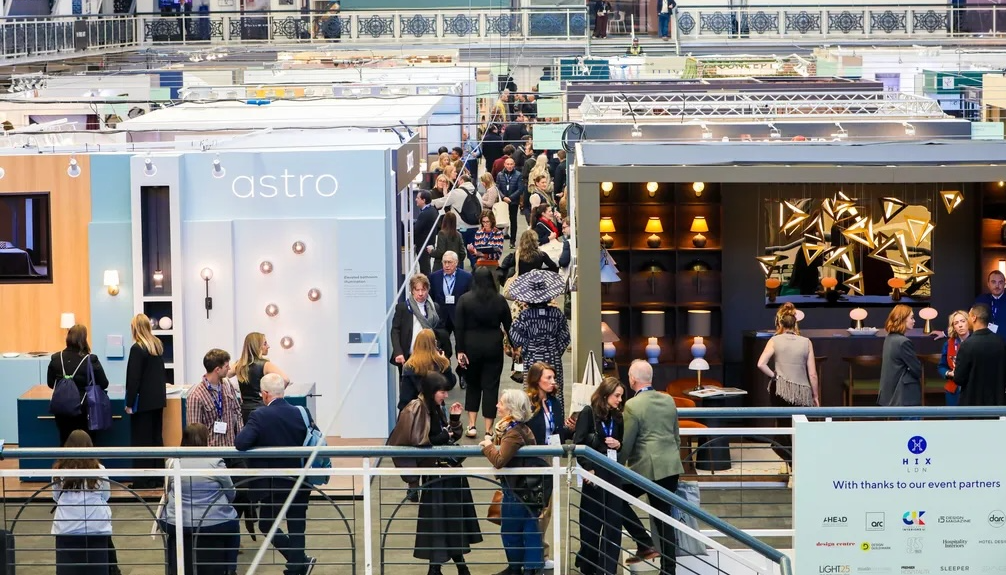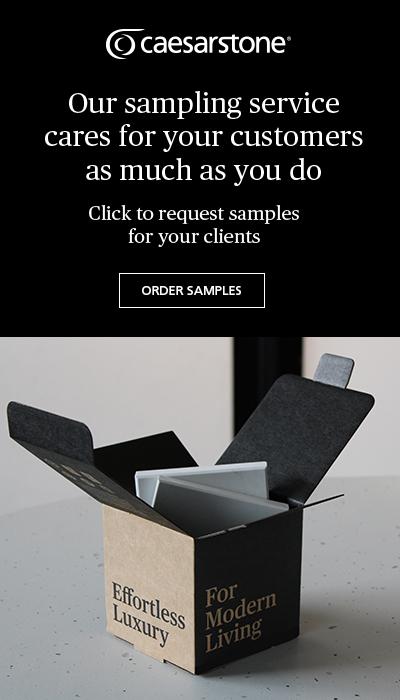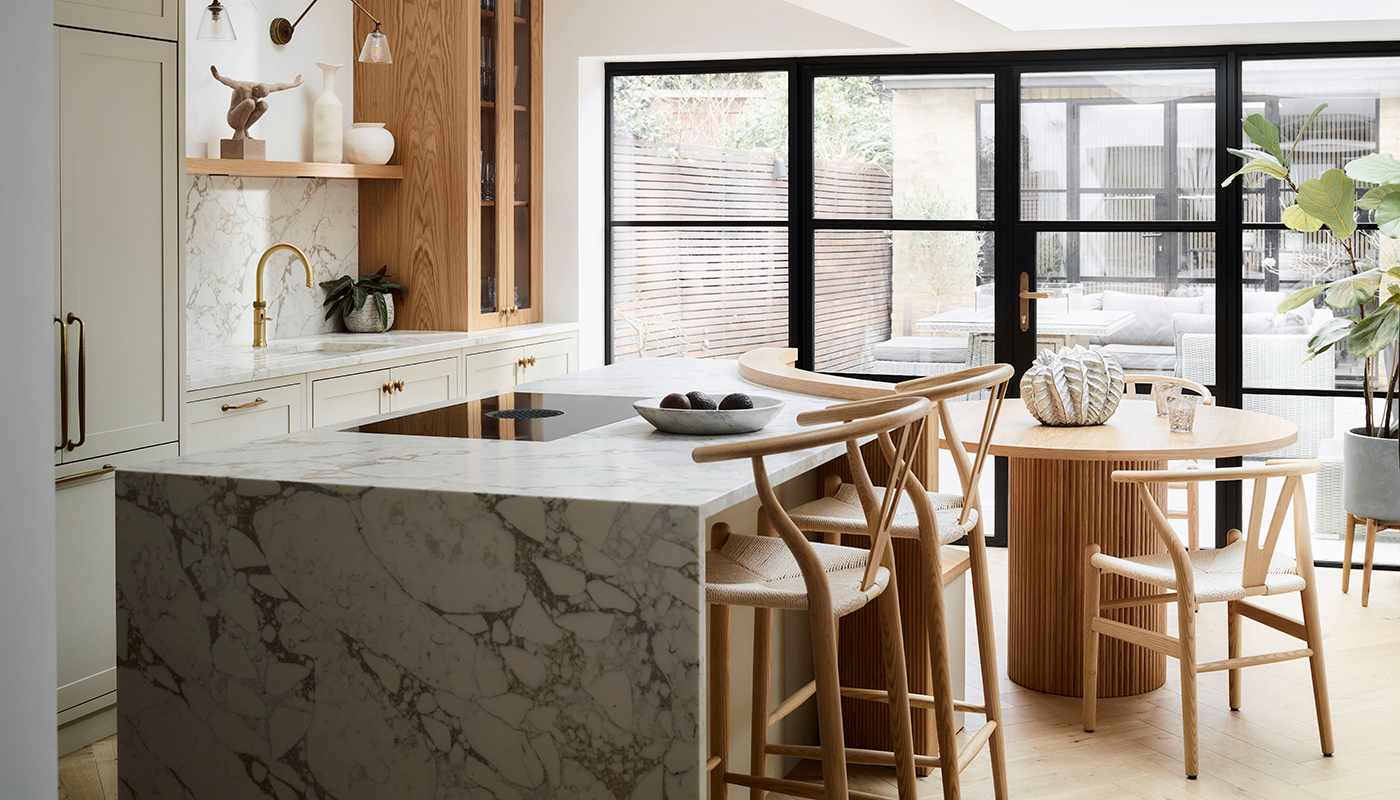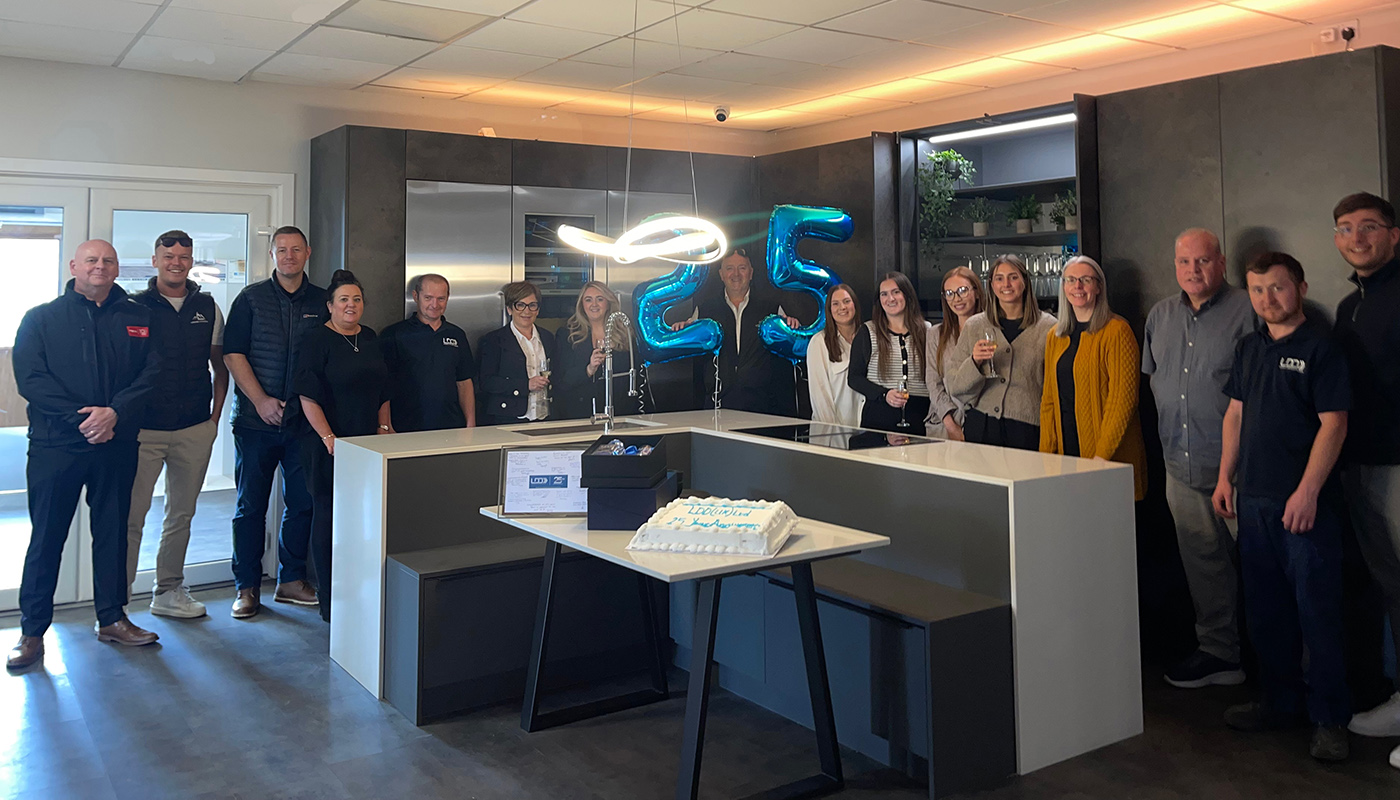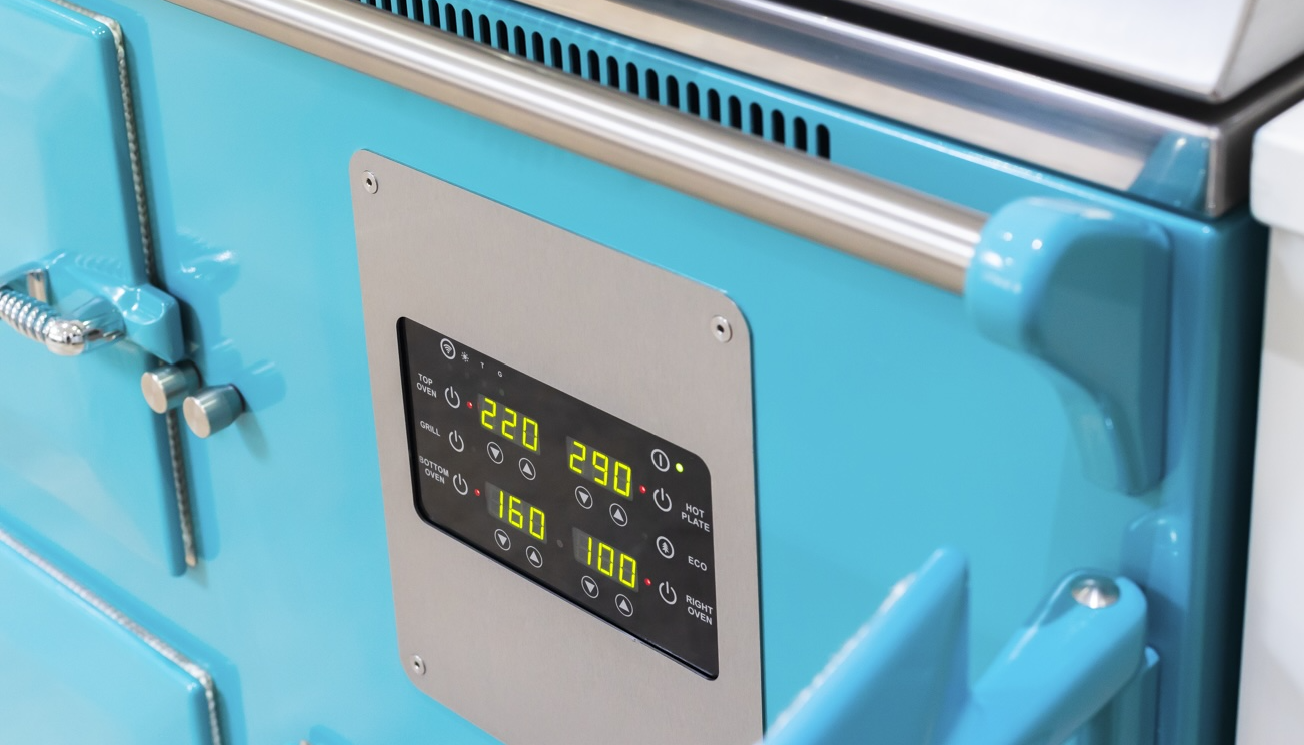How wellbeing in kitchen design is now a priority for homeowners
Mon 17th Feb 2025 by Sally Smith
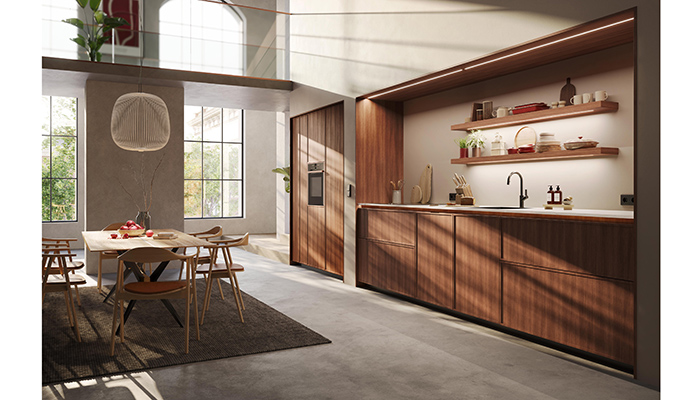
How wellbeing in kitchen design is now a priority for homeowners
Wellness in kitchens covers all aspects of the design from lighting, layout, intelligent storage and quiet appliances, to using natural materials and a neutral colour palette to create a calming space. Sally Smith talks to the experts to find out more.
The importance of health and wellbeing in our lives has become a mantra people are aspiring to in all areas of life. When it comes to kitchens, consumers are looking to create a calm environment that is easy for all to use – essentially, clutter free, with integrated cooking, and intuitive living and working zones.
Here are 5 key ways to prioritise wellbeing in a kitchen design:
1. Layout
"Zoning the space into distinct areas for preparation, cooking, cleaning, and relaxation allows for effortless movement between tasks. Features like chef’s tables or seating islands encourage interaction, making the kitchen a space where family and friends naturally come together," says Cassie Jones, brand manager at Masterclass Kitchens.
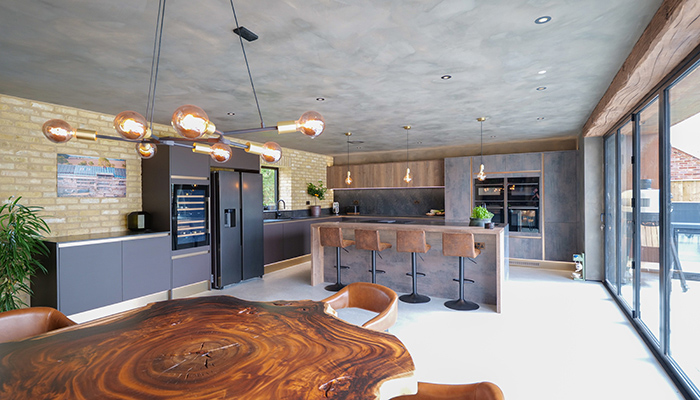
She continues: "By balancing practical workflows with opportunities for connection, the kitchen becomes both efficient and inviting. Prioritising solutions that maximise space while maintaining organisation, such as deep drawers, pantry systems, and bespoke internal accessories, is the key to successful kitchen design."
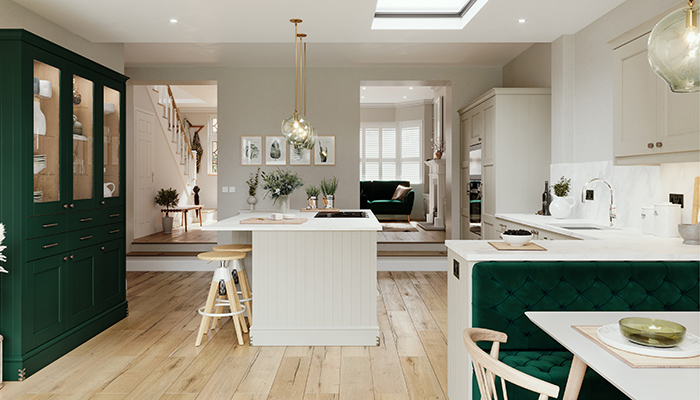
The ideal layout for any kitchen is going to be the one that works best for everyone using it. Sinead Trainor, kitchen category manager, LochAnna Kitchens, talks through the key considerations to discuss with new customers: "We're always looking to promote movement and flow, which means discussing the details of cabinet height and appliance placement. It’s also important to find out what challenges customers may be facing in the kitchen. For example, do we need to cater for anyone with any physical and visual impairments, and therefore need to implement the relevant safety measures? We can then also integrate easy-open, light drawers and cabinets, incorporating pull-out and ergonomic handles."
2. Storage
Well-planned and efficient storage is another critical element in designing a wellness-oriented kitchen, as Tom Howley, creative design director at Tom Howley Kitchens, explains. “Hardworking storage is the foundation of an organised, stress-free kitchen. The key is to ensure every item has a designated place, making it easy to maintain order and create a calm, functional space. Incorporate a mix of storage types, such as deep drawers for pots and pans, pull-out systems for dry goods, and bespoke solutions like spice racks or knife blocks."
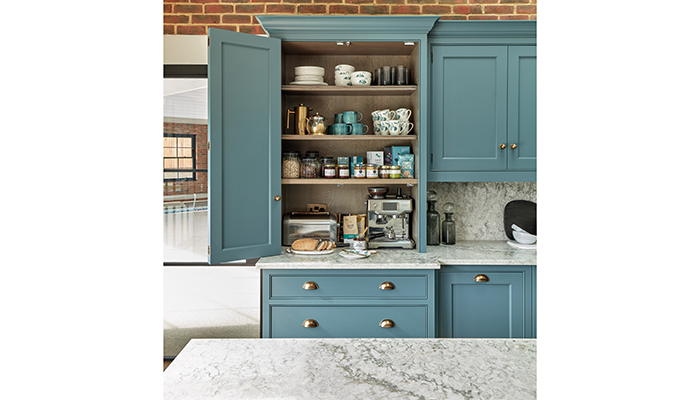
He adds: "Hidden compartments, such as integrated bins or concealed charging stations, keep clutter at bay. It’s also important to think vertically as tall cabinetry maximises space, while shelves or bi-fold doors provide easy access to higher storage."
Amanda Hughes, Blum expert, agrees. "Investing in these hidden elements and going for a quality dividing system will ensure the kitchen is just as beautiful on the inside, as well as functional, visible and accessible."
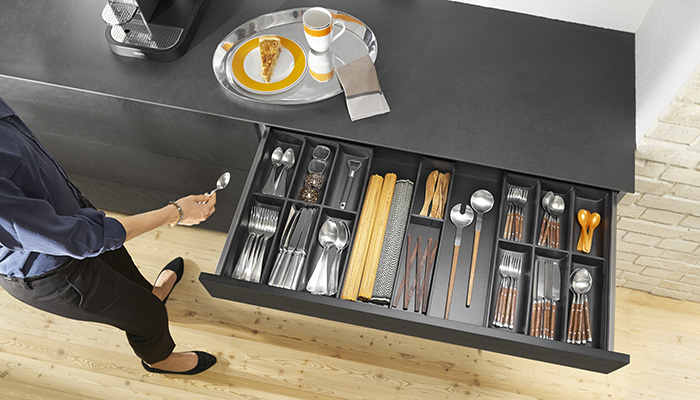
Hughes recommends that designers should always allow a portion of the budget for internal storage solutions for customers at the start of a project. "Typically, most of what we store can’t be seen without bending or stretching, but it doesn’t need to be this way," she says.
3. Lighting
The subject of wellness cannot be discussed without touching on lighting. Pairing intelligent LED lighting systems with natural light in kitchen design can help support people's circadian rhythm, boost mood and enhance relaxation. "Good lighting design is all about planning and considering how spaces are used, their access to natural light and how that changes during the day and time of year," says Jake Loughlin, Häfele’s category manager for lighting & electrical.
Häfele offers a free-of-charge lighting design service for kitchen designers recommending lighting solutions that can be integrated into furniture, cabinetry, as well as incorporating overhead and statement lighting.
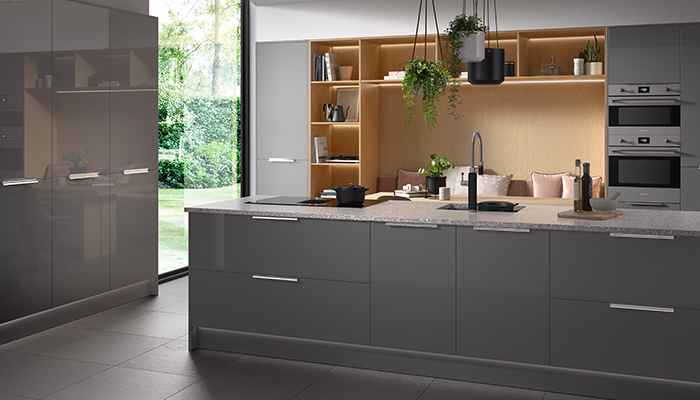
The array of options now available to kitchen designers reflects homeowners' growing desire to layer lighting in the space. Matt Phillips, head of UK operations at Rotpunkt, explains. "The market is moving into a new era in which furniture is now being designed at concept with fully integrated LED lighting – both decorative and practical. Integrated smart lighting is really taking off as end users enjoy the freedom to control their home with their voice using personal virtual assistants like Alexa or Siri."

4. Materials
Scandi-inspired concepts like Hygge – fostering a sense of comfort and connection to nature – draw on biophilic design principles by incorporating natural materials such as wood and stone to create calm, restorative spaces.
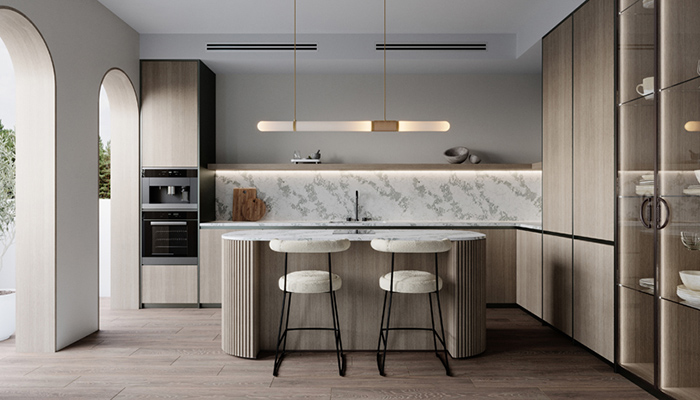
Mor Krisher, head of design at Caesarstone, says: "The last few years have seen a long-term move towards natural materials, earthy tones, and sustainable products in the kitchen. Consumers want to surround themselves with products and materials that evoke calm and balance, encouraging a mindful lifestyle and a deeper respect for nature. When it comes to worktops, bold veining and organic, textured finishes play a significant role in enhancing this connection to nature. Bold veins mimic the intricate patterns found in natural stone, adding a striking yet soothing element to kitchen designs."
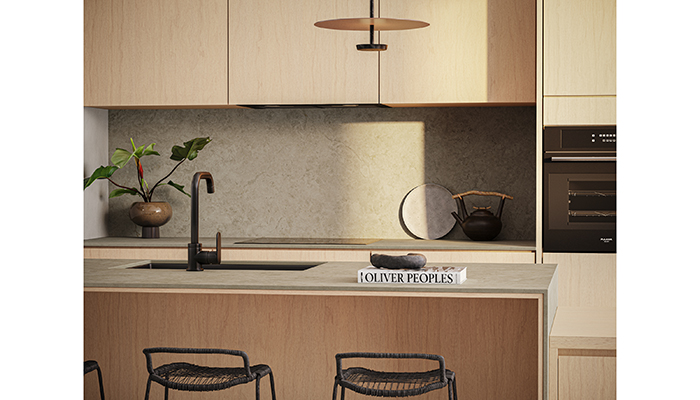
5. Appliances
Working closely with customers when it comes to choosing their kitchen appliances is key – they not only have a huge impact on the layout and design of a kitchen but can be potentially disruptive in terms of noise levels.
Quiet Mark publishes a free Best Quiet Appliances of 2025 guide monthly throughout the year for national reference advice to cross check before a purchase, and regularly carries out full market analysis across every appliance category. Poppy Szkiler, MD of Quiet Mark, says: "Public Insight Survey revealed 82% of Brits say it matters how loud an appliance is when purchasing one for their home. Our unique specialism is carrying out world-class sound measurement to safeguard healthy product sound design across the board of appliance categories and brands. We can now display their certification achievement as a quality mark for acoustic engineering excellence, thereby helping to guarantee healthy sound levels from home appliances and technology, which lays a solid wellbeing foundation in any home of eliminating unnecessary long term technology noise."
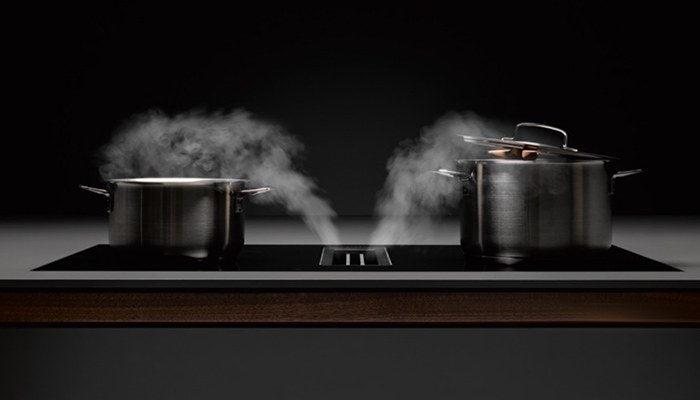
"When it comes to cooker hoods, quiet operation definitely is a key consideration to ensure the kitchen remains a stress-free and welcoming environment," says Jo Sargent, sales & marketing director at Franke UK. "Our latest generation technology of ‘Sound Pro Blowers’ significantly reduces the turbulence and vortex of the internal air flow. The sound produced reduces the disturbance caused by high frequencies, making the sound deeper and more pleasant on the ear."
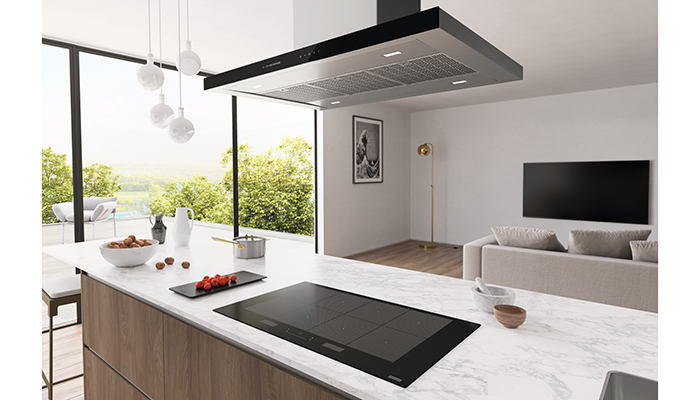
Healthy eating goes hand-in-hand with creating wellbeing in the kitchen and new cooking techniques, such as steam cooking are becoming more mainstream. Matthew Glynn, product marketing manager at Hisense UK, says: "The latest steam ovens help to preserve both nutrients and texture when cooking, retaining more of the nutritional value of foods whilst also enhancing the taste. These models also offer pyrolytic self-cleaning which cleans the oven using high temperatures in turn helping to create a healthy and clean environment for cooking."
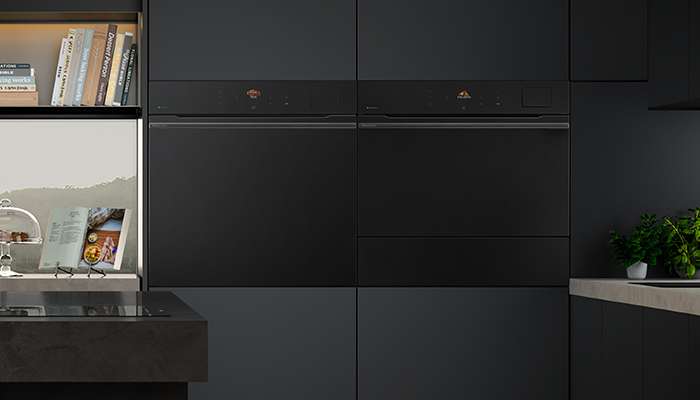
There are now more sophisticated refrigeration appliances on the market offering customers the functionality to preserve food more effectively for longer retaining their nutrients to support homeowners in their wellbeing.
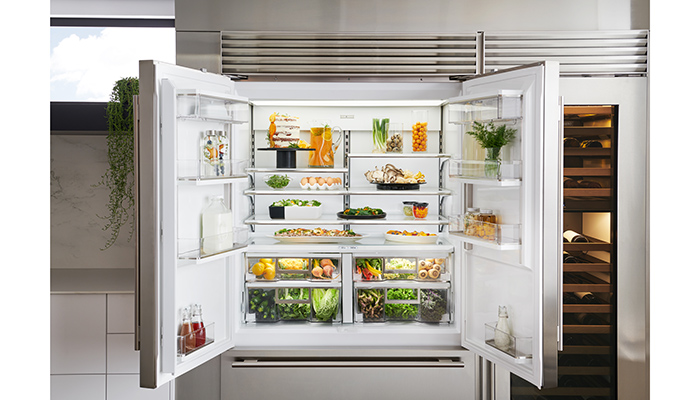
Tags: kitchens, features, wellness in the kitchen, wellbeing, rotpunkt, masterclass kitchens, lochanna kitchens, tom howley, blum, häfele, caesarstone, crl stone, quiet mark, franke, hisense, sub-zero & wolf





